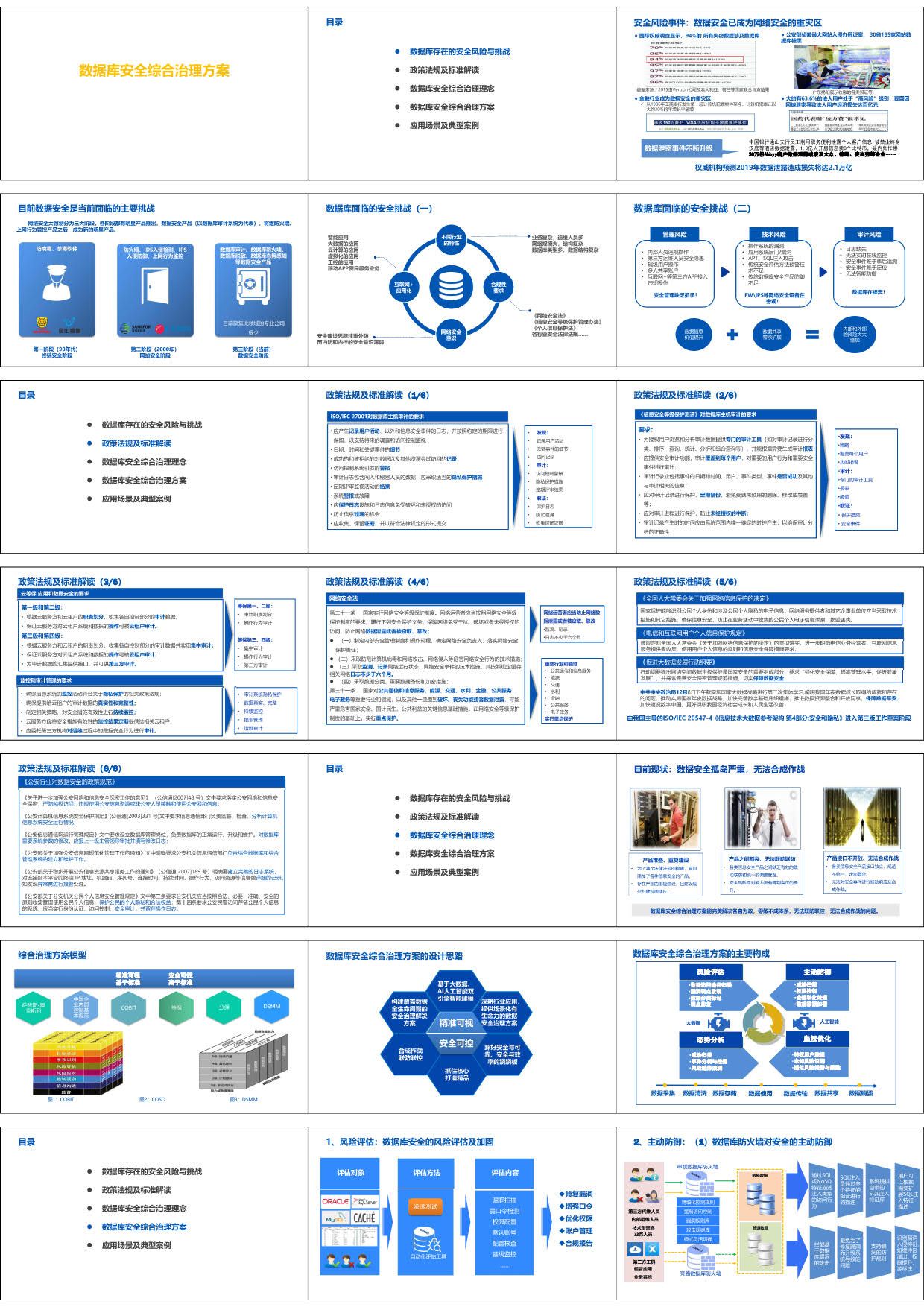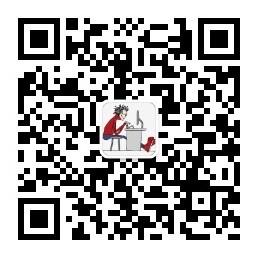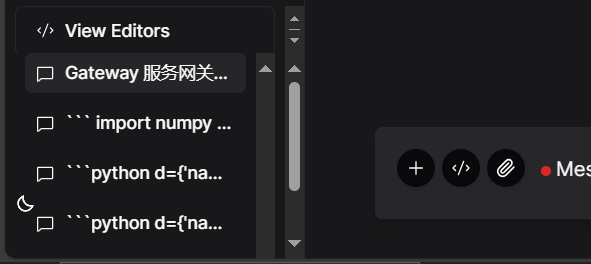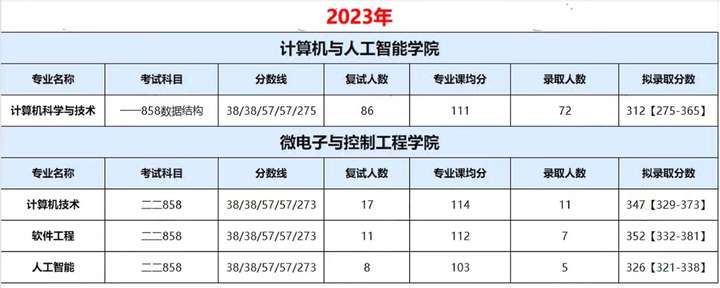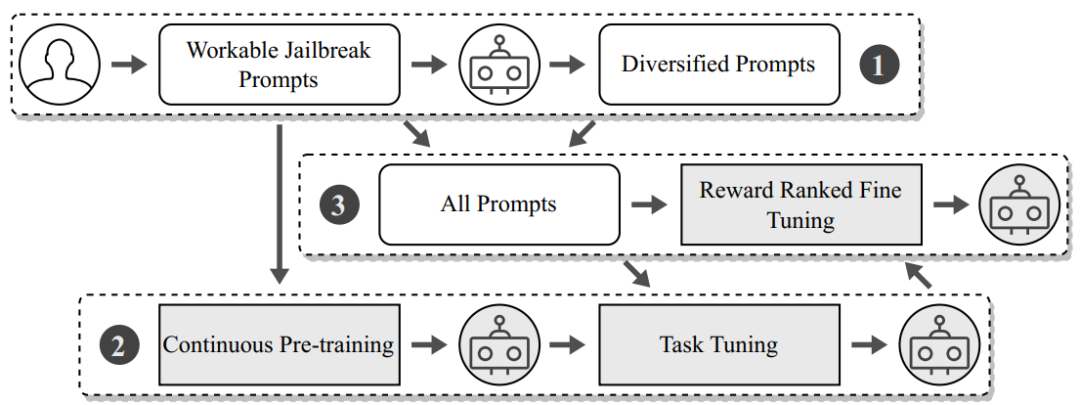图像数据增强方法概述
- 1. 什么是图像数据增强技术?
- 2. 图像数据增强技术分类
- 2.1 几何变换
- Python 示例代码
- 2.2 颜色变换
- 2.3 噪声添加
- 3. 参考文献
1. 什么是图像数据增强技术?
- 基础概念:图像增强技术是计算机视觉和图像处理领域中的一个关键技术,主要用于改善图像的质量或者使其更适合后续的图像分析任务。通过对原始图像进行一系列变换,生成新的图像样本,从而增加训练数据集的多样性和丰富性,最终提升机器学习模型的性能和鲁棒性。
- 相关应用:帮助模型学习到更广泛的数据特征,有效避免过拟合问题,使模型在面对未见过的数据时表现得更加稳健。在深度学习领域,特别是在卷积神经网络(CNN)的应用中,图像增强已经成为了一个标准的预处理步骤,极大地促进了模型的泛化能力和准确性。
对于图片数据集数量和种类较少的应用场景更加有效
2. 图像数据增强技术分类
2.1 几何变换
定义:几何变换是图像数据增强中最基本且常用的方法。其主要目的是通过修改图像的空间结构,来生成新的样本。这类方法可以使模型更加鲁棒,适应不同的物体位置和方向。
-
旋转:旋转是指将图像围绕其中心点进行旋转,可以模拟不同角度的视图,从而使模型对物体在不同方向上的表现更加稳定。
-
平移:平移是将图像在水平方向或垂直方向上移动一定的像素。平移操作可以帮助模型学习到物体在不同位置的特征。
-
缩放:缩放是指改变图像的大小。缩放可以使模型适应不同尺寸的物体,增强其对比例变化的鲁棒性。
-
翻转:翻转是将图像进行水平或垂直翻转。翻转操作可以帮助模型学习到镜像对称的特征。

Python 示例代码
import cv2
import numpy as np
import matplotlib.pyplot as plt
# 读取图像
image = cv2.imread('img.png')
image = cv2.cvtColor(image, cv2.COLOR_BGR2RGB)
# 定义几何变换
def augment_geometric(image):
# 旋转
rows, cols, _ = image.shape
angle = 30 # 旋转角度
M_rotate = cv2.getRotationMatrix2D((cols / 2, rows / 2), angle, 1)
rotated = cv2.warpAffine(image, M_rotate, (cols, rows))
# 平移
M_translate = np.float32([[1, 0, 50], [0, 1, 50]]) # 水平和垂直平移50像素
translated = cv2.warpAffine(image, M_translate, (cols, rows))
# 翻转
flipped = cv2.flip(image, 1) # 水平翻转
return rotated, translated, flipped
# 进行增强
rotated_image, translated_image, flipped_image = augment_geometric(image)
# 可视化
plt.figure(figsize=(12, 8))
plt.subplot(2, 2, 1)
plt.title('Original Image')
plt.imshow(image)
plt.axis('off')
plt.subplot(2, 2, 2)
plt.title('Rotated Image (30 degrees)')
plt.imshow(rotated_image)
plt.axis('off')
plt.subplot(2, 2, 3)
plt.title('Translated Image')
plt.imshow(translated_image)
plt.axis('off')
plt.subplot(2, 2, 4)
plt.title('Flipped Image')
plt.imshow(flipped_image)
plt.axis('off')
plt.tight_layout()
plt.show()
2.2 颜色变换
定义:颜色变换是通过改变图像的颜色特性来增强图像数据。这类方法主要包括亮度调整、对比度调整、饱和度调整和色相调整等。颜色变换能够帮助模型适应不同光照条件和色彩变化。
-
亮度调整:亮度调整是通过增加或减少图像的亮度值来改变图像的整体亮度。此方法可以模拟不同的光照条件。
-
对比度调整:对比度调整是通过改变图像中亮度值的分布来增强图像的对比度。提高对比度可以使得图像中的细节更加清晰。
-
饱和度调整:饱和度调整是通过改变颜色的饱和程度来影响图像的色彩表现。增加饱和度可以使颜色更加鲜艳,而降低饱和度则会使颜色趋向灰色。
-
色相调整:色相调整是通过改变颜色的色相值来改变图像的整体色调。此方法可以用来生成不同色彩风格的图像。

Python 示例代码
import cv2
import numpy as np
import matplotlib.pyplot as plt
# 读取图像
image = cv2.imread('image.jpg')
image = cv2.cvtColor(image, cv2.COLOR_BGR2RGB)
# 定义颜色变换
def augment_color(image):
# 亮度调整
bright = cv2.convertScaleAbs(image, alpha=1, beta=50) # alpha=1保持亮度,beta增加亮度
# 对比度调整
contrast = cv2.convertScaleAbs(image, alpha=2, beta=0) # alpha>1增加对比度
# 饱和度调整
hsv = cv2.cvtColor(image, cv2.COLOR_RGB2HSV) # 转换到HSV颜色空间
hsv[..., 1] = hsv[..., 1] * 1.5 # 增加饱和度
saturated = cv2.cvtColor(hsv, cv2.COLOR_HSV2RGB) # 转回RGB颜色空间
return bright, contrast, saturated
# 进行增强
bright_image, contrast_image, saturated_image = augment_color(image)
# 可视化
plt.figure(figsize=(12, 8))
plt.subplot(2, 2, 1)
plt.title('Original Image')
plt.imshow(image)
plt.axis('off')
plt.subplot(2, 2, 2)
plt.title('Brightness Adjusted')
plt.imshow(bright_image)
plt.axis('off')
plt.subplot(2, 2, 3)
plt.title('Contrast Adjusted')
plt.imshow(contrast_image)
plt.axis('off')
plt.subplot(2, 2, 4)
plt.title('Saturation Adjusted')
plt.imshow(saturated_image)
plt.axis('off')
plt.tight_layout()
plt.show()
2.3 噪声添加
噪声添加是通过在图像中引入随机噪声来增强数据。这种方法可以帮助模型提高对噪声干扰的鲁棒性,模拟真实场景中可能出现的干扰。
-
高斯噪声:高斯噪声是常见的噪声类型,其分布服从高斯分布。添加高斯噪声可以模拟传感器噪声。
-
椒盐噪声:椒盐噪声是指图像中随机出现的亮点(盐)和暗点(胡椒),这种噪声可以模拟图像传输中的干扰。
-
泊松噪声:泊松噪声通常用于模拟光子计数过程中的噪声,特别是在低光照条件下。
还可以是图像压缩噪声等等,这里不再一一介绍

Python 示例代码
def augment_noise(image):
# 添加高斯噪声
gauss = np.random.normal(0, 25, image.shape).astype(np.uint8)
noisy_gauss = cv2.add(image, gauss)
# 添加盐和胡椒噪声
s_vs_p = 0.5
amount = 0.04
out = np.copy(image)
# Salt noise
num_salt = np.ceil(amount * image.size * s_vs_p)
coords = [np.random.randint(0, i - 1, int(num_salt))
for i in image.shape]
out[coords] = 1
# Pepper noise
num_pepper = np.ceil(amount* image.size * (1. - s_vs_p))
coords = [np.random.randint(0, i - 1, int(num_pepper))
for i in image.shape]
out[coords] = 0
return noisy_gauss, out
# 进行增强
noisy_gauss, noisy_sp = augment_noise(image)
# 可视化
plt.figure(figsize=(12, 6))
plt.subplot(1, 2, 1)
plt.title('Gaussian Noise Added')
plt.imshow(noisy_gauss)
plt.axis('off')
plt.subplot(1, 2, 2)
plt.title('Salt and Pepper Noise Added')
plt.imshow(noisy_sp)
plt.axis('off')
plt.show()
3. 参考文献
[1] J. Liu, et al. "Image Data Augmentation for Deep Learning: A Review." IEEE Access, 2020.
[2] S. Perez and W. Wang. "The Effectiveness of Data Augmentation in Image Classification using Deep Learning." 2017.
[3] A. Shorten and T. Khoshgoftaar. "A survey on Image Data Augmentation for Deep Learning." Journal of Big Data, 2019.
[4] A. Ge, et al. "Data augmentation for deep learning: A review." Computer Science Review, 2021.
[5] F. Zhang, et al. "Noise Robust Image Classification using Deep Learning." IEEE Transactions on Image Processing, 2018.
[6] Y. Liu, et al. "Image Classification with Noise Robustness via Data Augmentation." International Journal of Computer Vision, 2020.
创作不易,烦请各位观众老爷给个三连,小编在这里跪谢了!

